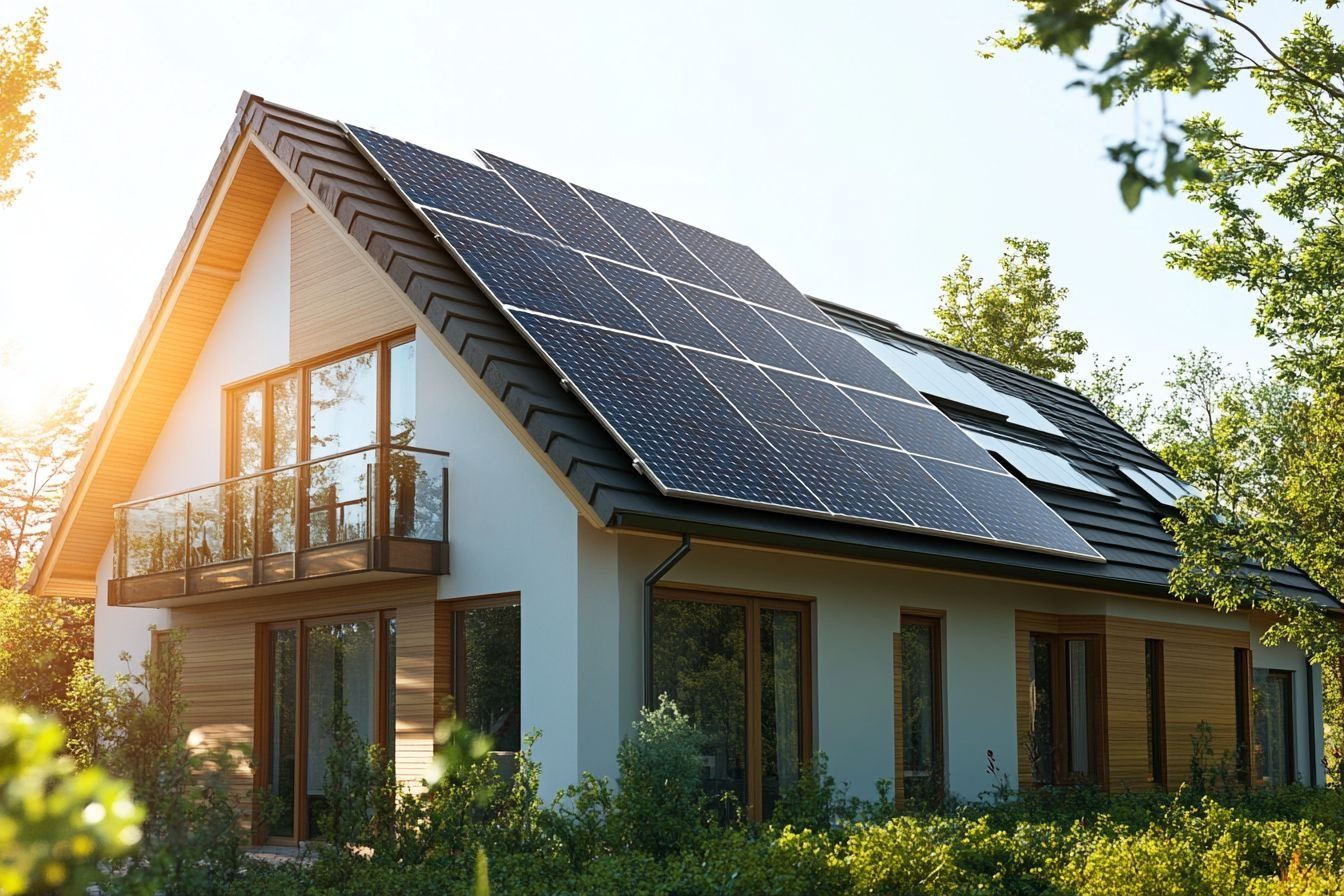The Tiny House Revolution: Embracing Minimalist, Sustainable, and Affordable Living
The tiny house movement has gained significant momentum in recent years, offering a compelling alternative to traditional housing. These compact dwellings, typically ranging from 100 to 400 square feet, embody the principles of minimalist living, sustainability, and affordability. As more people seek to simplify their lives and reduce their environmental impact, tiny houses have emerged as a practical and innovative solution to modern housing challenges.

-
Compact size: Usually under 400 square feet
-
Clever storage solutions
-
Multi-functional spaces
-
Energy-efficient appliances and systems
-
Emphasis on outdoor living
Tiny houses challenge the conventional notion that “bigger is better” and encourage residents to focus on experiences rather than material possessions.
How does minimalist living in a tiny house work?
Embracing minimalist living in a tiny house requires a significant shift in mindset and lifestyle. Residents must carefully curate their belongings, keeping only what is essential and meaningful. This process of downsizing can be both liberating and challenging. Key aspects of minimalist living in a tiny house include:
-
Thoughtful organization and storage
-
Regular decluttering
-
Prioritizing experiences over possessions
-
Embracing a simpler, less consumer-driven lifestyle
-
Focusing on quality over quantity in purchases
Many tiny house dwellers report feeling less stressed and more fulfilled after adopting this minimalist approach to living.
Why is a tiny house considered sustainable living?
Tiny houses are often lauded for their sustainability credentials, offering a way to reduce one’s environmental footprint significantly. The sustainable aspects of tiny house living include:
-
Reduced energy consumption: Smaller spaces require less heating, cooling, and lighting
-
Lower resource use: Less building materials are needed for construction
-
Decreased waste: Limited storage encourages mindful consumption
-
Integration of eco-friendly technologies: Many tiny houses incorporate solar panels, composting toilets, and rainwater collection systems
-
Emphasis on outdoor living: Encourages connection with nature and reduced reliance on artificial environments
By choosing a tiny house, individuals can dramatically decrease their environmental impact while still enjoying a comfortable and functional living space.
How affordable is tiny house living compared to traditional housing?
One of the most appealing aspects of tiny houses is their potential for affordability. While costs can vary widely depending on location, materials, and design, tiny houses generally offer a more accessible path to homeownership. Here’s a breakdown of potential costs:
| Expense Category | Tiny House | Traditional House |
|---|---|---|
| Purchase Price | $30,000 - $60,000 | $200,000 - $300,000 |
| Land Cost | $5,000 - $50,000 | Included in house price |
| Utilities | $100 - $200/month | $300 - $500/month |
| Maintenance | $500 - $1,000/year | $3,000 - $5,000/year |
| Property Taxes | $100 - $500/year | $2,000 - $5,000/year |
Prices, rates, or cost estimates mentioned in this article are based on the latest available information but may change over time. Independent research is advised before making financial decisions.
While the initial cost of a tiny house can be significantly lower than a traditional home, it’s important to consider additional factors such as land purchase or rental, zoning regulations, and potential resale value. Despite these considerations, many find that tiny house living offers substantial long-term savings and financial flexibility.
What are the challenges of living in a small house?
While tiny house living offers many benefits, it’s not without its challenges. Some common difficulties faced by small house dwellers include:
-
Limited space for entertaining guests
-
Reduced storage for hobbies or seasonal items
-
Potential feelings of claustrophobia
-
Zoning and legal hurdles in some areas
-
Difficulty obtaining traditional mortgages
-
Compromises on privacy in shared living spaces
Despite these challenges, many tiny house residents find creative solutions and report high levels of satisfaction with their lifestyle choice.
In conclusion, the tiny house movement represents a shift towards more sustainable, affordable, and minimalist living. By challenging traditional notions of home size and consumption, tiny houses offer an innovative solution to housing affordability and environmental concerns. While not without its challenges, this lifestyle choice continues to gain popularity as more people seek alternatives to conventional housing options. Whether driven by financial considerations, environmental consciousness, or a desire for simplicity, the tiny house revolution is reshaping our understanding of what makes a home.






